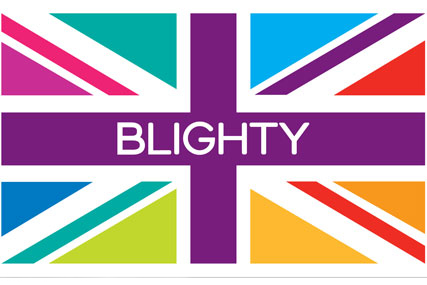At Engage Comms we are passionate about the business benefits of ‘storytelling’. However it’s also important to remember that delivery of your ‘story’ is just as key. As our ‘Rules of Engagement’ video [on our homepage] shows, if you can’t tell everyone how great your business is and what it has to offer in an engaging way, then you’re never going to engage your target audience.
In the wake of the Olympics, we look at the communications skills and traits of some of our Great British Brands.
1. Involve your customers
Recently named the most ‘social’ brand in the latest Social Brands 100, the founders of Innocent smoothies handed the decision of whether they should go into business in the first place over to their customers. This set the tone for creating a brand that their customers want with real personality and a distinctive ‘voice’ that makes them a market leader. They ask for customer feedback on every piece of packaging, inviting them to call the ‘Bananaphone’ and meeting them at events, so that they can shape the brand and keep it relevant.
Moral of the Innocent story? Before you make a decision to tell your audience something ask yourself the question ‘why’ – why will they or should they care? If you don’t know then ask them and find out if they do. Never has it been easier to get customer feedback and engage in dialogue with your most important asset – your customers. By doing less of the talking ‘at’ and more of the talking ‘with’ you instantly get engaged and shape your business to what your customers ultimately want.
Great business leaders also do this with their employees to create a communications culture from within.
2. Embrace digital
Angela Ahrendts, CEO at 156 year old luxury retailer Burberry is a perfect example of a leader who boldly innovates to keep reinventing her brand’s image and operations. She recognised early that to maintain growth the brand needed to communicate more effectively with a younger global market who communicate, share and shop in the digital world. An all singing, dancing technology strategy was implemented creating ‘stand out’ in the marketplace.
Burberry’s digital profile continues in house and the brand’s inherently social culture is inspirational. Ahrendts is an early adopter, taking technology inspiration from her three children. Her staff are kitted out with iPads, she is a prolific tweeter, Burberry regularly host webcasts for their workforce and her external motivational talks are streamed in house.
Yes Burberry has huge budgets but every business can learn from this approach. Social media is free for the world to use and there are so many ways to communicate effectively internally. ‘Content is king’ and once you are clear on what your story is you can identify the best way to communicate it to the outside world via your greatest ambassadors – your team. It’s easy to up skill your workforce if communications doesn’t come naturally and once you do so your employees and ultimately your customers will be more engaged.
3. Make your people your brand
As powerful as brands are, people can’t engage directly with them. Key people within the business need to have their own personal brand.
As far as personal branding goes no-one does it quite as well as Mr Simon Cowell. Agree with him or not, when he talks, people listen – and that is the key to his success. He is able to shape the message and lead new trends to remain topical and relevant… and continue making lots of money of course! In business, we constantly have so much information to take in, if you don’t have the X-factor (sorry, couldn’t resist!) you could go completely unnoticed. And if you can’t adapt yourself (like our Cheryl in the US), you will limit your growth.
If you think that your brand and your people could be working harder for you, a good place to start is to get someone to carry out some communications research into how you are perceived and what your competitors are doing effectively.




